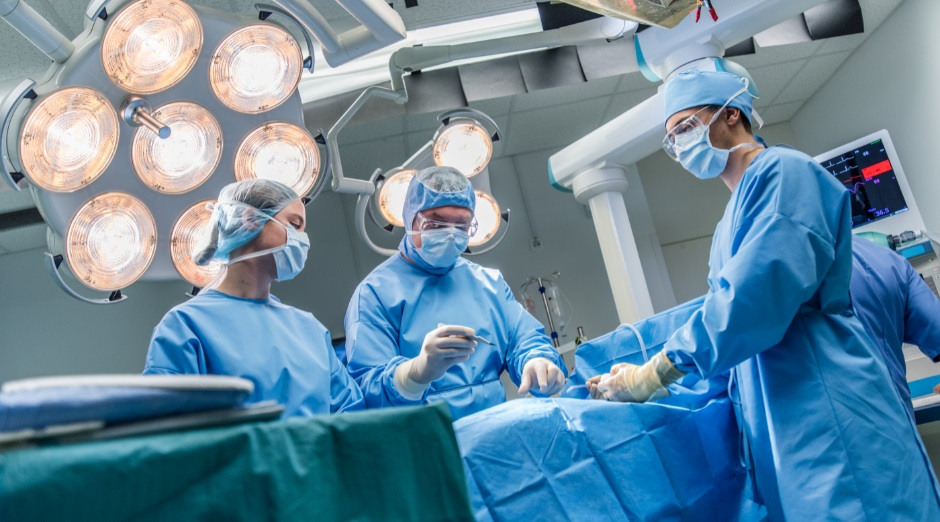Article
‘HIT’ list aims to reduce surgery backlog
Posted on the 29th November 2022

A ground-breaking surgical initiative aimed at reducing surgery backlogs has seen a week’s worth of operations performed in one day at Guy’s and St Thomas’ Hospital in London.
Through the development and implementation of a super-efficient programme, the Trust has been able to maximise the number of patients treated using high-intensity theatre lists – known as HIT lists.
These lists focus on one type of procedure at a time, take place at weekends, and require careful planning to select suitable patients.
Utilizing the system, eight men with prostate cancer recently underwent a robotic-assisted radical prostatectomy – the first time in the UK that one hospital has completed eight cases of this kind in one day.
To date, the Trust has held 17 HIT lists and treated 344 patients across eight specialities, including gastrointestinal, gynaecology, orthopaedics, and ear, nose and throat (ENT).
The innovation and organization of the HIT lists have been led by Dr Imran Ahmad, consultant anaesthetist and deputy clinical director for anaesthesia and theatres at Guy’s and St Thomas’.
Dr Ahmad has hailed the success of the lists and has pointed to the efficiency of the new system.
“We have looked at every aspect of the patient’s pathway in detail to see where we can safely improve on efficiency, save time and parallel process in order to increase the surgeon’s operating time, by reducing non-operative time,” he said.
“It requires a dedicated multidisciplinary team and lots of preparation, which is the key to our success.
“Our HIT lists have been so efficient that we have never overrun, despite the large number of cases per list, and our on-day cancellation rate is less than 0.5% which is much lower than the national average.”
Several key components have been integral to the success of the HIT list system.
These include increasing the number of anaesthetics, surgical and theatre staff to minimize the turnaround time between cases; using two theatres and three teams at once so surgeons can move seamlessly between patients; and careful pre-planning between multiple departments to ensure patients, equipment and medical staff are all properly organized.
Related: The robot will see you now

